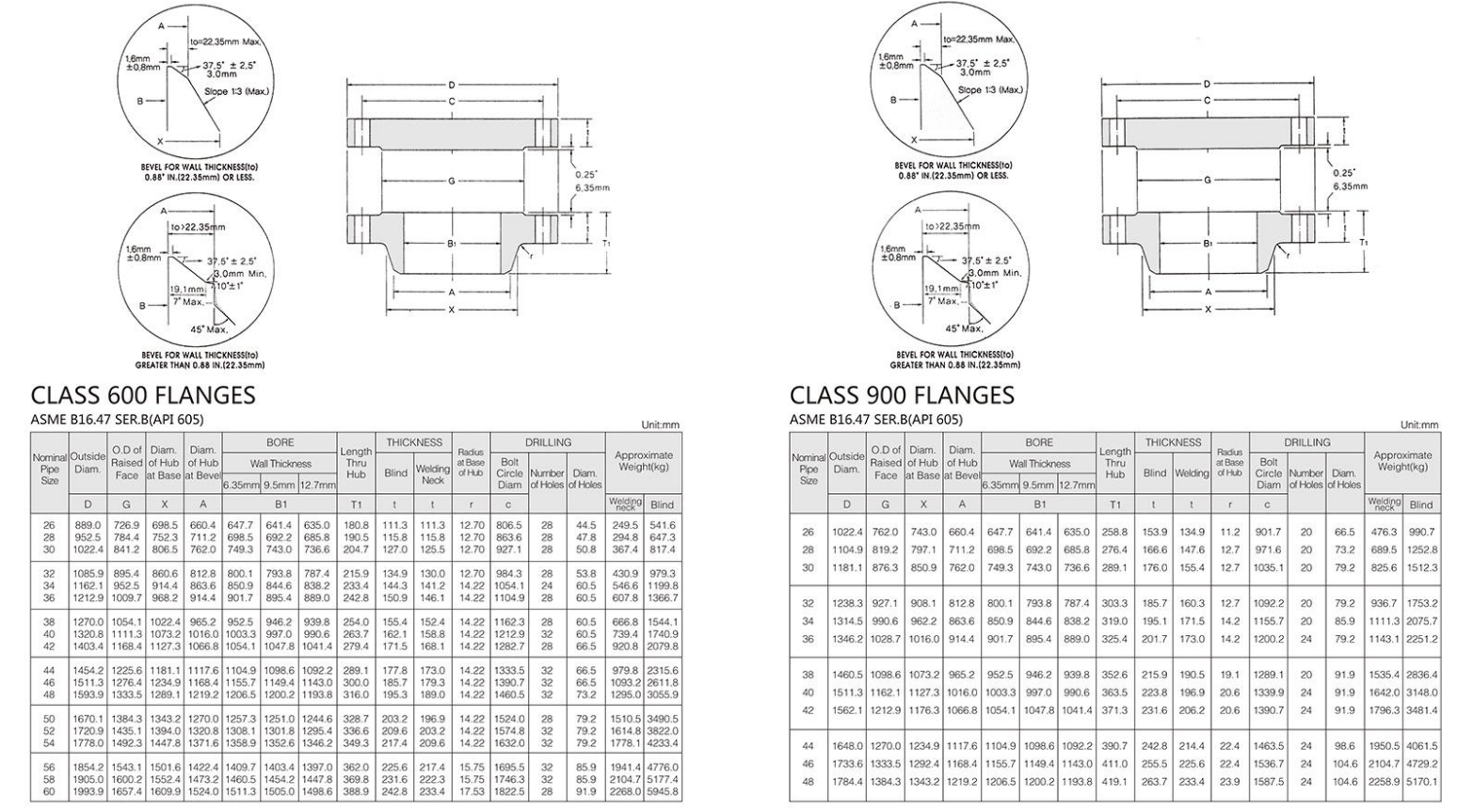-
Cangzhou Yulong Steel Co., Ltd.
-
Phone:
+86 13303177267 -
Email:
admin@ylsteelfittings.com
- English
- Arabic
- Italian
- Spanish
- Portuguese
- German
- kazakh
- Persian
- Greek
- French
- Russian
- Polish
- Thai
- Indonesian
- Vietnamese
- Zulu
- Korean
- Uzbek
- Hindi
- Serbian
- Malay
- Ukrainian
- Gujarati
- Haitian Creole
- hausa
- hawaiian
- Hebrew
- Miao
- Hungarian
- Icelandic
- igbo
- irish
- Japanese
- Javanese
- Kannada
- Khmer
- Rwandese
- Afrikaans
- Albanian
- Amharic
- Armenian
- Azerbaijani
- Basque
- Belarusian
- Bengali
- Bosnian
- Bulgarian
- Catalan
- Cebuano
- China
- China (Taiwan)
- Corsican
- Croatian
- Czech
- Danish
- Esperanto
- Estonian
- Finnish
- Frisian
- Galician
- Georgian
- Kurdish
- Kyrgyz
- Lao
- Latin
- Latvian
- Lithuanian
- Luxembourgish
- Macedonian
- Malgashi
- Malayalam
- Maltese
- Maori
- Marathi
- Mongolian
- Myanmar
- Nepali
- Norwegian
- Norwegian
- Occitan
- Pashto
- Dutch
- Punjabi
- Romanian
- Samoan
- Scottish Gaelic
- Sesotho
- Shona
- Sindhi
- Sinhala
- Slovak
- Slovenian
- Somali
- Sundanese
- Swahili
- Swedish
- Tagalog
- Tajik
- Tamil
- Tatar
- Telugu
- Turkish
- Turkmen
- Urdu
- Uighur
- Welsh
- Bantu
- Yiddish
- Yoruba

Dec . 26, 2024 10:27 Back to list
stainless steel mandrel bends
The Importance of Stainless Steel Mandrel Bends in Modern Manufacturing
Stainless steel mandrel bends are an essential component in various manufacturing processes, particularly in industries where structural integrity and aesthetic appeal are paramount, such as automotive, aerospace, and piping systems. This article explores the benefits, applications, and manufacturing processes of stainless steel mandrel bends, highlighting their role in advancing modern engineering.
What Are Stainless Steel Mandrel Bends?
Mandrel bending is a process that allows for the creation of complex shapes without compromising the integrity of the material. A mandrel is a tool that supports the inside of the bend, preventing deformation and ensuring a smooth curve. When applied to stainless steel, which is known for its durability, corrosion resistance, and aesthetic qualities, mandrel bends can achieve tight radii and high-strength bends that meet specific design requirements.
Benefits of Stainless Steel Mandrel Bends
1. Strength and Durability Stainless steel is inherently strong and resistant to rust and corrosion, making it ideal for demanding applications. The addition of mandrel bending enhances its strength by allowing for tighter bends without sacrificing the material's properties.
2. Precision and Consistency The mandrel bending process offers greater precision compared to other bending techniques. This precision is crucial for components that must fit together perfectly in assemblies, reducing the risk of leaks or failures in critical systems.
3. Aesthetic Appeal In design-focused applications, such as automotive exhaust systems or architectural features, the sleek and polished finish of stainless steel mandrel bends adds a visual element that enhances the overall look of a product.
4. Versatility Stainless steel mandrel bends can be used in various applications, including exhaust systems, HVAC systems, structural supports, and fluid conveyance systems. Their ability to be customized for different angles and diameters makes them suitable for a wide range of projects.
Applications of Stainless Steel Mandrel Bends
1. Automotive Industry In the automotive sector, mandrel bends are commonly used for exhaust systems. They allow for a smooth flow of exhaust gases, reducing back pressure and improving engine efficiency. Additionally, they can be used in custom roll cages, ensuring safety and structural integrity.
stainless steel mandrel bends

2. Aerospace The aerospace industry requires components that can withstand extreme conditions while maintaining lightweight properties. Stainless steel mandrel bends are often utilized in various aeronautical applications due to their strength-to-weight ratio and resistance to environmental factors.
3. Piping Systems In plumbing and HVAC systems, stainless steel mandrel bends facilitate the seamless transportation of fluids and gases. Their ability to create tight corners without losing flow efficiency is vital for maintaining system performance.
4. Architectural Features From handrails to decorative elements, mandrel bends can enhance the visual appeal of buildings and structures. Their smooth curves and modern aesthetic make them popular choices for contemporary architectural designs.
The Manufacturing Process
The manufacturing of stainless steel mandrel bends begins with selecting the appropriate stainless steel grade based on the intended application. Common grades include 304 and 316, known for their excellent corrosion resistance and formability.
The manufacturing process typically follows these steps
1. Cutting The stainless steel tube is cut to the desired length. 2. Heating (if necessary) For thicker materials, heating might be applied to facilitate bending. 3. Bending The tube is positioned around a mandrel, and pressure is applied to bend the material into the desired angle. Advanced machines can produce consistent results efficiently.
4. Finishing After bending, the edges may be finished, joints welded, and the surfaces polished to achieve the final product specifications.
Conclusion
Stainless steel mandrel bends represent a critical innovation in the manufacturing landscape, combining strength, aesthetics, and precision. As industries continue to evolve and demand more complex and efficient designs, the importance of these components will only grow. Their versatility across multiple sectors makes them indispensable in creating high-quality, durable products that meet the rigorous standards of modern engineering. For anyone involved in design or manufacturing, understanding the advantages and applications of stainless steel mandrel bends can lead to improved product outcomes and enhanced operational efficiency.
Latest news
-
ANSI 150P SS304 SO FLANGE
NewsFeb.14,2025
-
ASTM A333GR6 STEEL PIPE
NewsJan.20,2025
-
ANSI B16.5 WELDING NECK FLANGE
NewsJan.15,2026
-
ANSI B16.5 SLIP-ON FLANGE
NewsApr.19,2024
-
SABS 1123 FLANGE
NewsJan.15,2025
-
DIN86044 PLATE FLANGE
NewsApr.19,2024
-
DIN2527 BLIND FLANGE
NewsApr.12,2024
-
JIS B2311 Butt-Welding Fittings LR/SR 45°/90° /180°Seamless/Weld
NewsApr.23,2024











